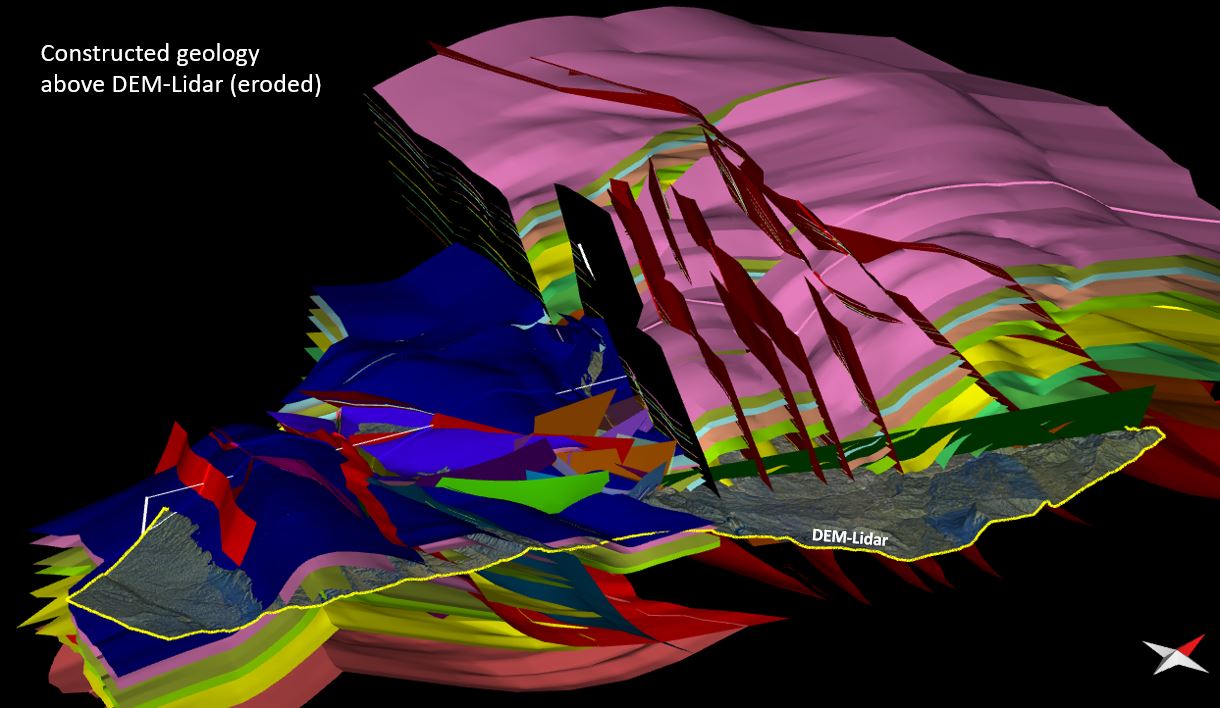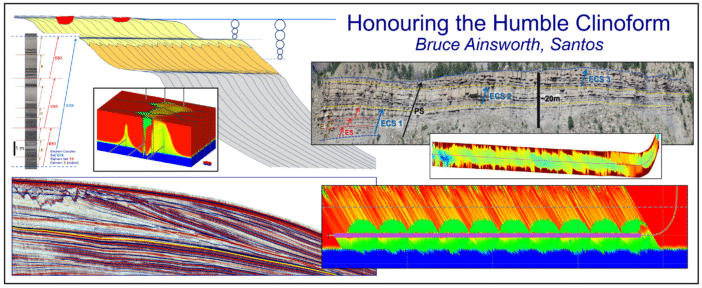
- This event has passed.
PESA SA/NT June Technical Luncheon “A new 3D structural model for the Porgera Region, PNG Fold Belt: the integration of petroleum and minerals exploration methods”

A new 3D structural model for the Porgera Region, PNG Fold Belt: the integration of petroleum and minerals exploration methods.
Presented by: Gareth T. Cooper, Enigma Energy Services
Work by: Gareth T. Cooper, Kevin C. Hill, Peter Essy, Mark Haydon & Agnes Pokondepa
Abstract
The Porgera Region is a complex strike-slip pull-apart zone located in the central Highlands of PNG. The region sits on the northern margin of fold belt close to the boundary with the Mobile Belt. The region is ~70km NE of the Hides gas field and has been the subject of numerous regional studies by petroleum companies since the early 1970’s. Porgera hosts a gold mine which is one of the richest in the world and lies in a wide valley at an elevation of 2800m surrounded by mountains up to 4000m elevation. The intrusive underlying the Porgera ore-body was emplaced in the earliest Pliocene at the time of maximum compression during orogenesis.
The mine has been active for some 30+ years and has been the subject of multiple geological studies over that period. However nearly all studies to date have concentrated on local-scale mapping using methods commonly utilised in the minerals industry. In 2019-2020, the mine operators, PJV, engaged a new study, this time at a regional-scale and deliberately integrating methods commonly used in the petroleum sector. This included the integration of legacy petroleum data including palynology, field dips and mapping, as well as the acquisition of new data including new field transects, palynology, pyrolysis-Tmax and the incorporation of these data into thermal modelling and 3D structural modelling software (3D Move).
This new regional mapping of the area used high resolution LIDAR in association with field mapping, analysis of gravity and magnetics data and drilling of 300-500m deep core-holes has allowed development of a detailed 3D structural model. The draft model was used to guide a regional drilling campaign in early 2023 as well as a follow-up sampling program for palynology and pyrolysis. The model also reveals much about previously unknown regional heating events in the Late Cretaceous-Palaeocene as well as the distribution of the Jurassic Om Beds and the Late Cretaceous Chim Formation, both of which are thermally mature and may have the potential to host deep gas reservoirs.
This presentation discusses the methodologies used in the study and the unique integration of minerals and petroleum methods. The resultant model elucidates much about both the Pliocene emplacement of gold-bearing fluids in the area as well as the potential for deep Toro and Chim-aged gas reservoirs within deep structures.
Event Details:
Thursday, June 29th, 2023
Luncheon: 12 pm for a 12:30 pm start
Place: Ayer’s House, 288 North Tce, Adelaide
Includes a 2-course lunch and drinks
Bookings close 1 pm Monday, 26th June
Any late bookings will incur an additional $20 fee. Strictly no walk-ins.


